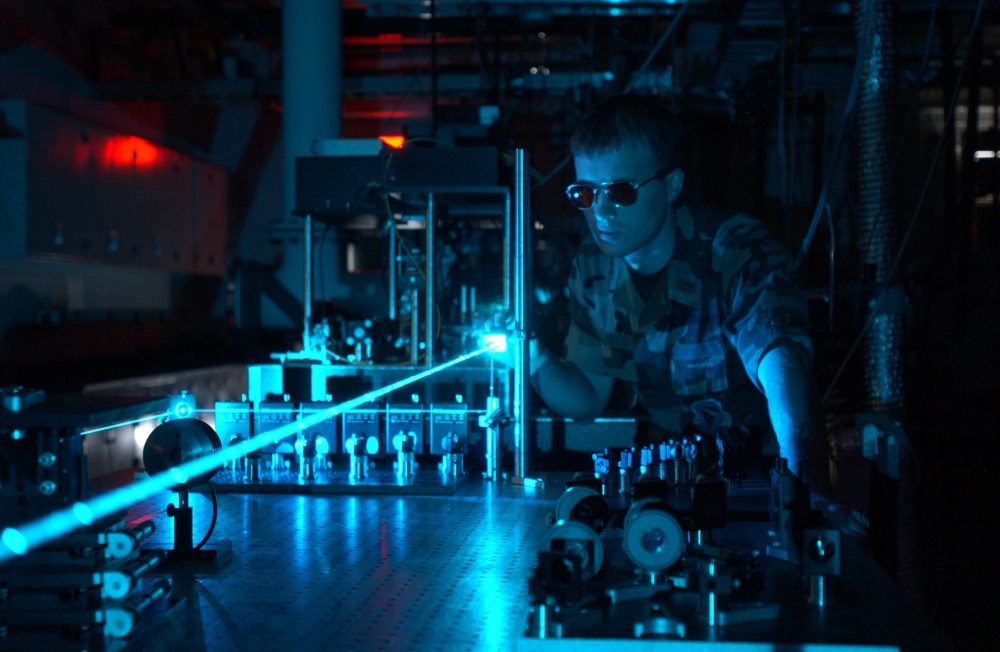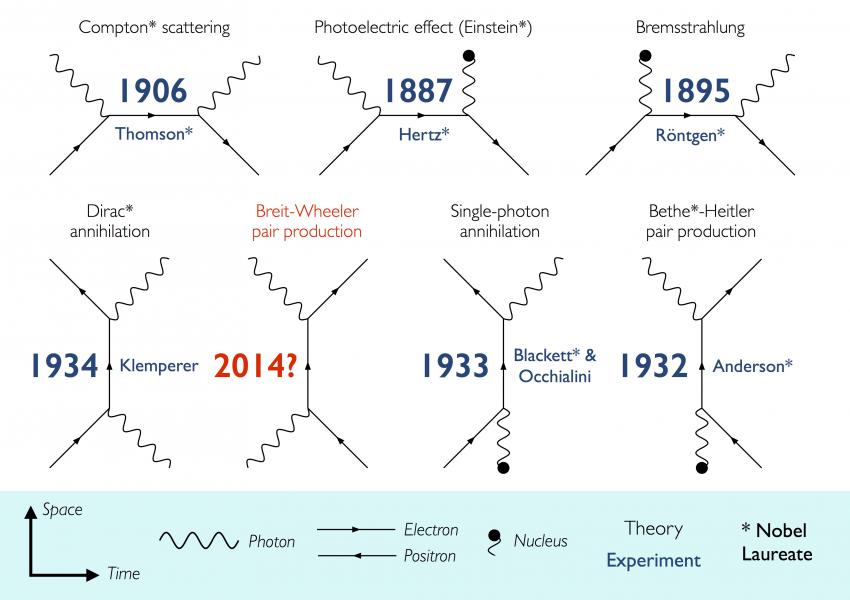New Milestone Unlocked: Creating Matter from Light

Physicists at Imperial College London have created a new milestone for Human civilization. They have just proved that light can be molded into matter, something nobody before now thought was possible to recreate in the laboratory. Physicists have for long wondered about the possibilities of creating matter from light and this development brings us a lot closer.
The experiment is yet to be done, but it has passed peer review as practical and the inventors are in discussions with experimentalists about the equipment to carry it out. These are exciting times because it has been accepted for 80 years that two photons of light could theoretically create matter, but there has never been demonstrable evidence yet.
In 1934 Gregory Breit and John Wheeler proposed that, under the right circumstances, two photons of light would convert into an electron and the positron(the antimatter equivalent).
Even if this theory was universally accepted by physicists to be true, when Breit and Wheeler first proposed it, they said that they never expected it to be shown in the laboratory. The scientific evolution of today makes it easier to prove the theory now.
The proposal is fairly simple in scientific terms. Professor Steve Rose and his Phd student Oliver Pike have designed the model on which the tests can be done. Their paper in Nature Photonics proposes a two-step process. High intensity lasers would be used to push electrons until they are traveling close to the speed of light, directing them towards a slab of gold. The scientists then would fire a high-energy laser at the inner surface of this gold can called hohlraum, to create a thermal radiation field, generating light similar to the light emitted by stars.
They would then direct the photon beam from the first stage of the experiment through the centre of the can, causing the photons from the two sources to collide and form electrons and positrons. It would then be possible to detect the formation of the electrons and positrons when they exited the can.
For this, they would require a “Photon-photon collider”. This collider would convert light directly into matter using technology that is already available. Like the Large Hadron Collider, this will be a whole new type of high-energy physics experiment.
This experiment would also recreate a process that was important in the first 100 seconds of the universe and this is also seen in gamma ray bursts, which are the biggest explosions in the universe but one of physics’ greatest unsolved mysteries.
Lead researcher Oliver Pike said that although the theory is conceptually simple, it will be very difficult to verify experimentally. But what is good is that the experimental design they propose can be carried out with relative ease and with existing technology.
Experiments like this bring us closer to understanding our own universe. They allow us to break the secrets of nature and stare in the face of the creation. Also, knowledge of Physics has an added bonus of making The Big Bang Theory episodes more enjoyable.
























